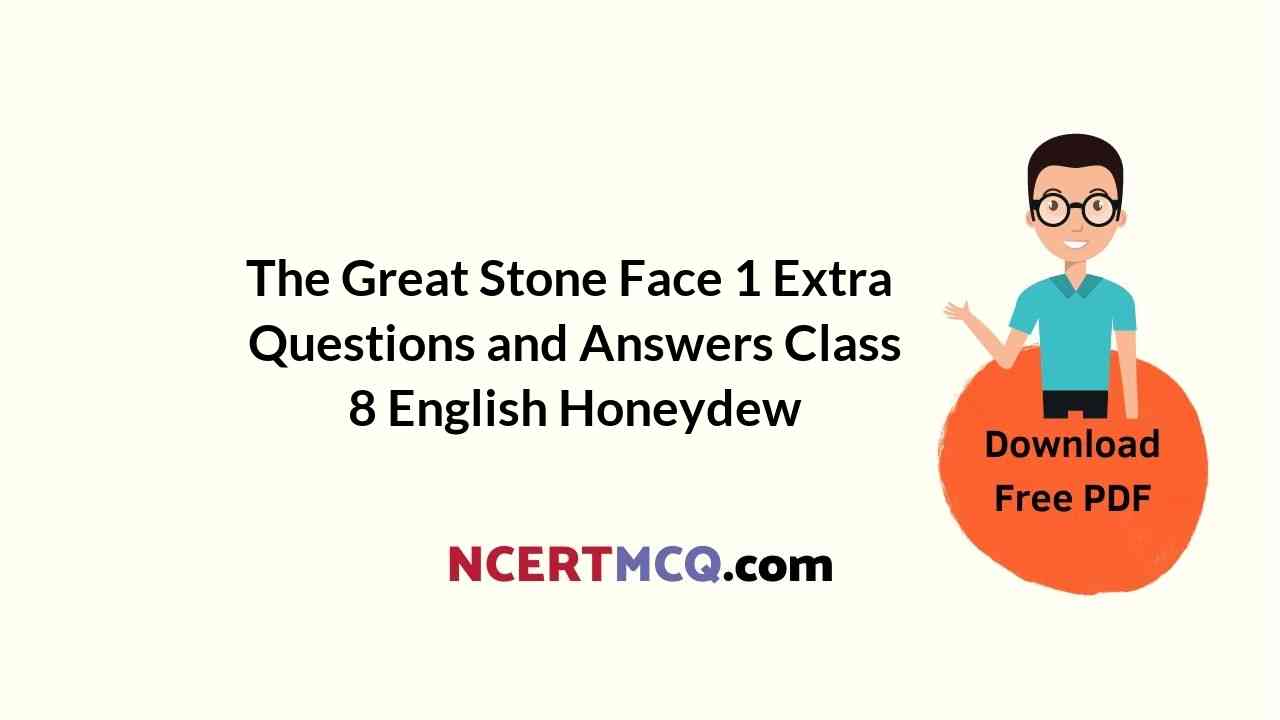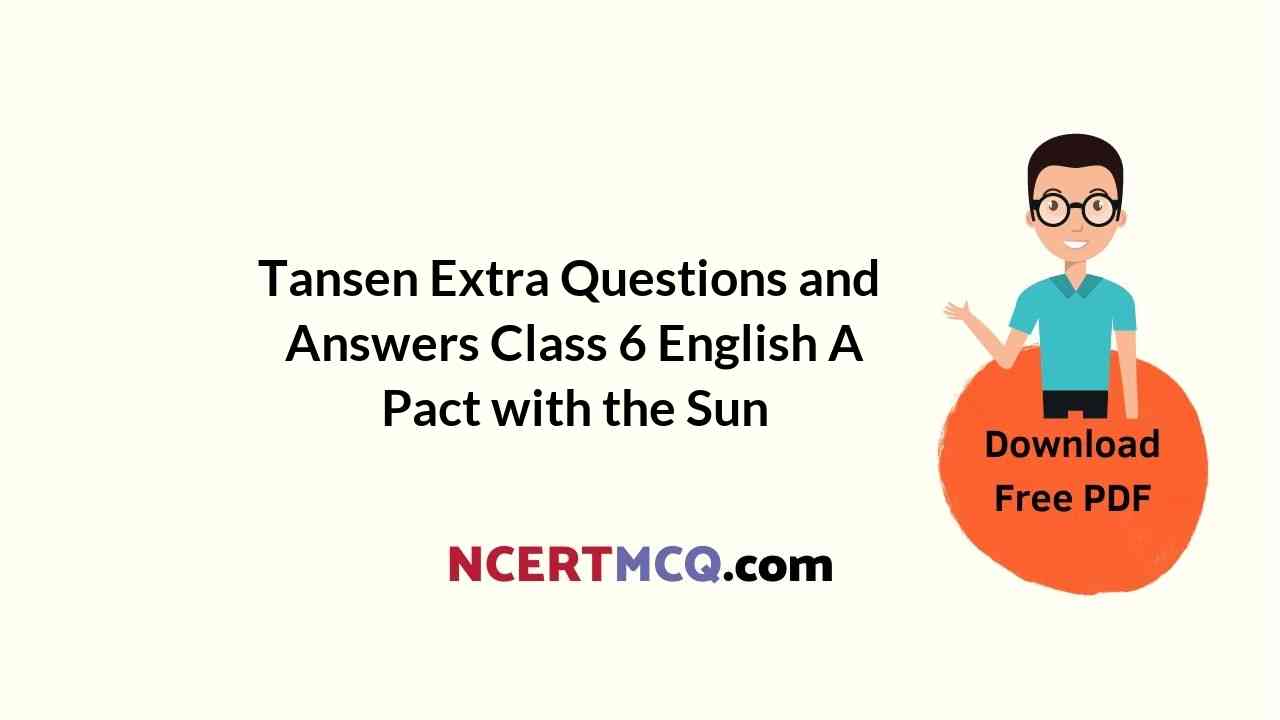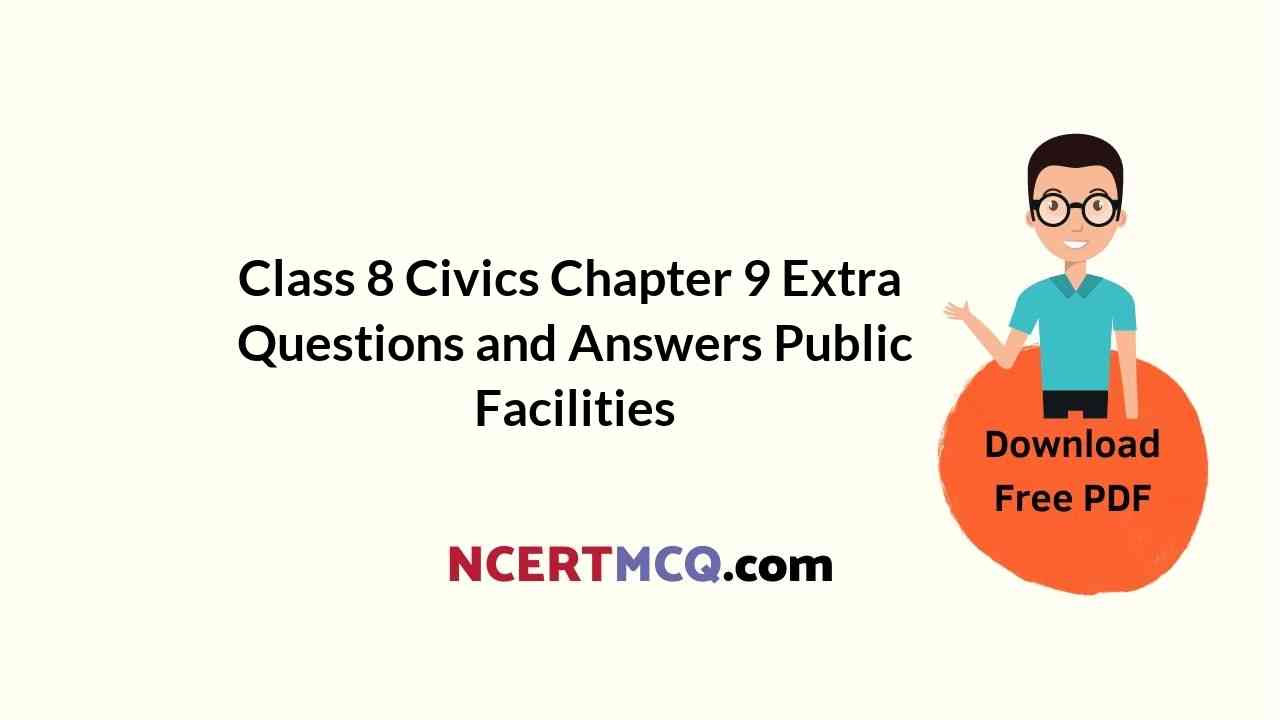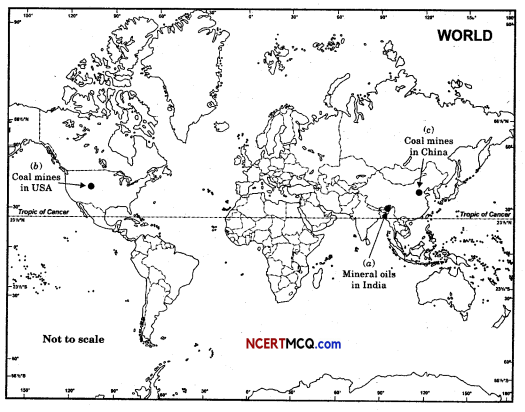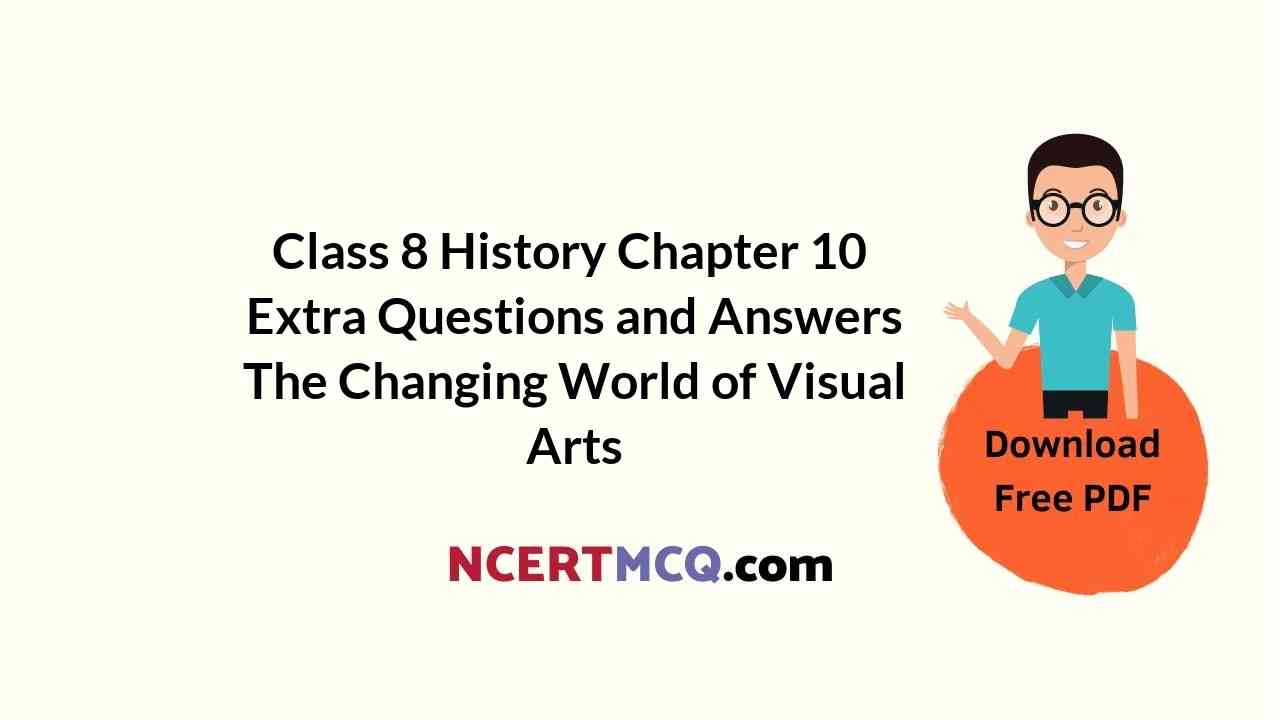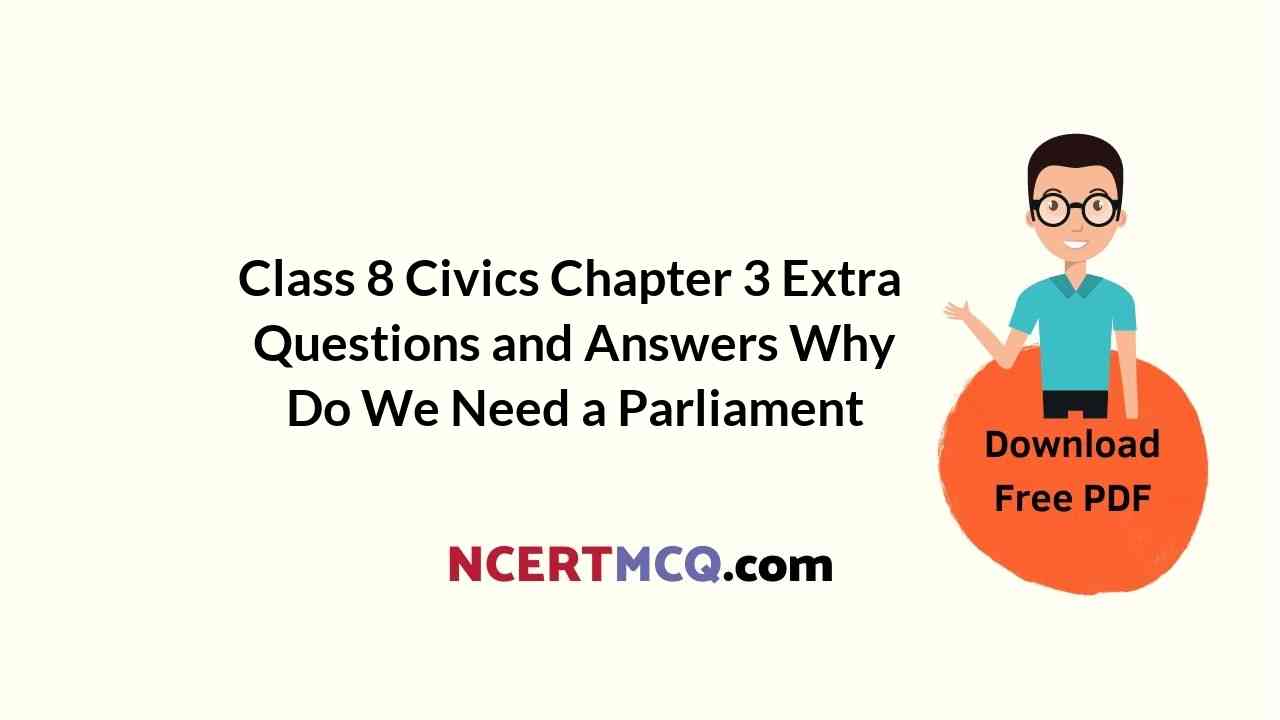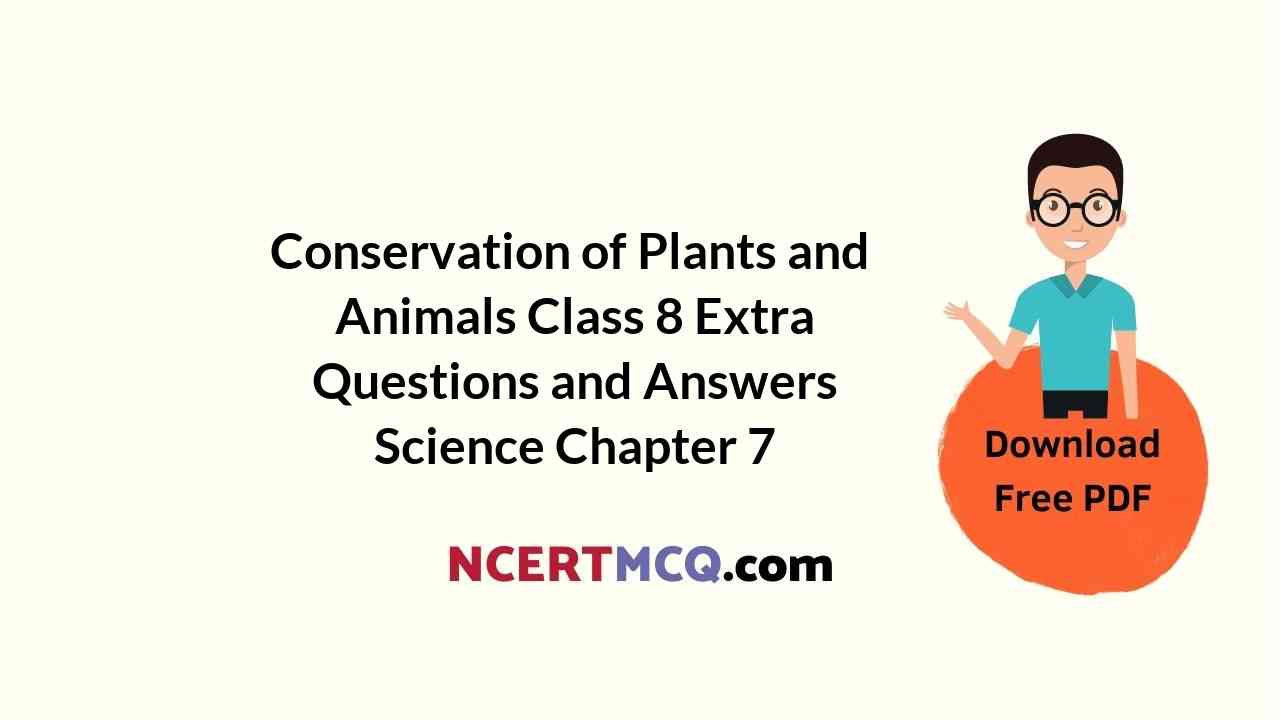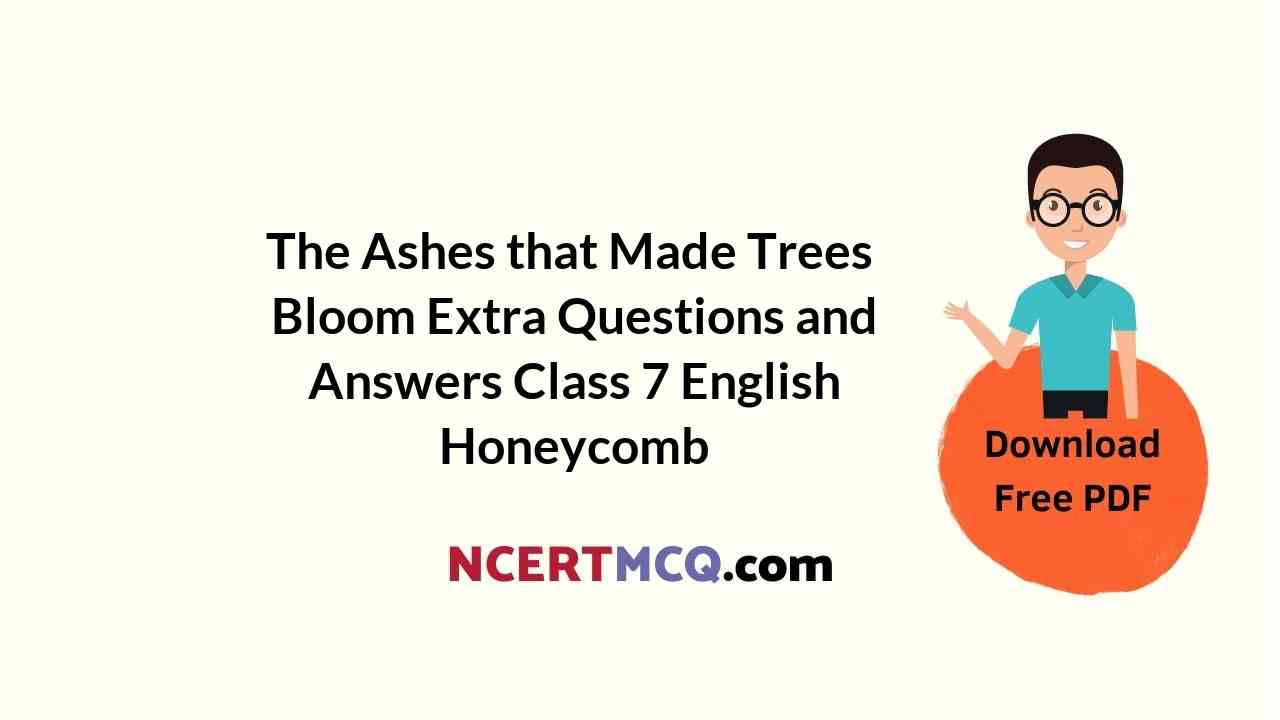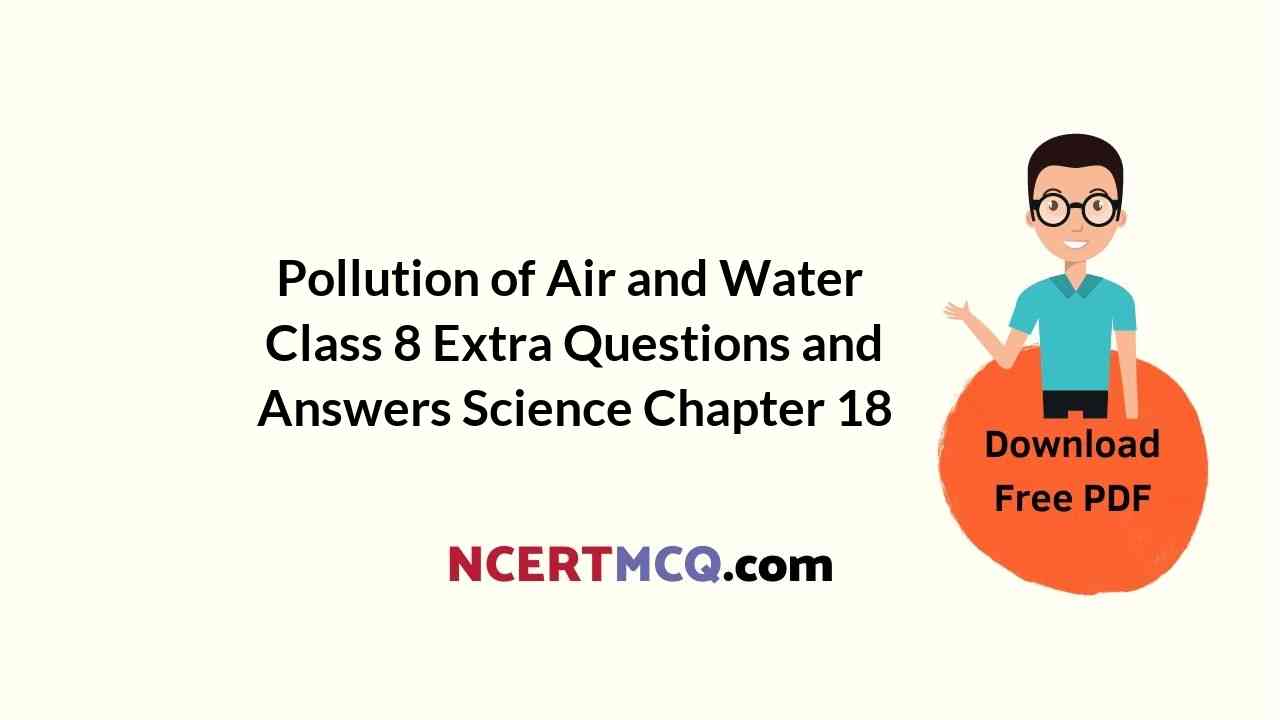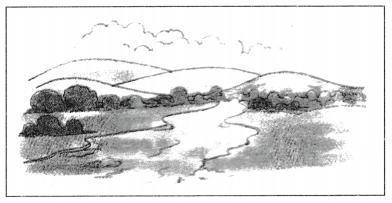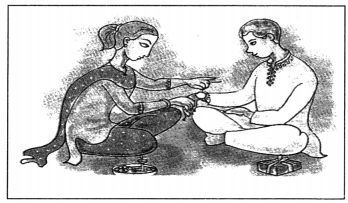Here we are providing The Great Stone Face 1 Extra Questions and Answers Class 8 English Honeydew, Extra Questions for Class 8 English was designed by subject expert teachers. https://ncertmcq.com/extra-questions-for-class-8-english/
You can refer to NCERT Solutions for Class 8 English honeydew Chapter 9 The Great Stone Face I to revise the Questions and Answers in the syllabus effectively and improve your chances of securing high marks in your board exams.
The Great Stone Face 1 Extra Questions and Answers Class 8 English Honeydew
The Great Stone Face 1 Extra Questions and Answers Short Answer Type
The Great Stone Face 1 Extra Questions Answers Question 1.
What is “The Great Stone face”?
Answer:
The Great Stone Face is a work of nature, formed on the perpendicular side of a mountain by some immense rock, which had been thrown together so that when viewed at a proper distance, he resembles the face of human.
The Great Stone Face Extra Questions Question 2.
What were the mother and her little boy doing at the door of their cottage?
Answer:
The mother and her little boy, were sitting at the door of their cottage, gazing at the Great Stone Face and talking about it.
Great Stone Face 1 Extra Questions Question 3.
What was the old prophecy that Ernest’s mother told him about the Great Face?
Answer:
Ernest’s mother told him a story that, when she herself was younger, at some future day a child should be born here. That was destined to become the greatest & the noblest person of his time and whose face would be remember red with the great stone face.
Extra Questions Of The Great Stone Face 1 Question 4.
Write a short story of Ernest’s childhood to adult.
Answer:
Ernest spent his childhood in the log cottage where he was born. He was dutiful to his mother & helpful to her in many ways. She assisted her with little hand and with loving heart.
The Great Stone Face 1 Class 8 Extra Questions Question 5.
Why Ernest spent hours gazing at Great Stone Face?
Answer:
Ernest had no teacher, but the Great Stone Face became one of them. When his work was over he would gaze at him until he began to imagine that those vast features recognized him, & gave him a smile of kindness and encouragement.
The Great Stone Face 1 Extra Questions Question 6.
What were the rumour through out the valley about bearing a resemblance to the Great # Stone Face?
Answer:
In the valley, there were rumour that a young man had left the valley & settled, being sharp in business matters had become very rich and would decide to go back there and end his days where he had been born.
The Great Stone Face 1 Question Answer Question 7.
How did Mr. Gathergold arrive at the valley?
Answer:
A carriage, drawn by four horses, dashed round the turn of the road. Within it, the window appeared the face of an old man with yellow skin Mr. Gathergold.
Great Stone Face Extra Questions Question 8.
Did Ernest think that the old prophecy comes true when Mr. Gathergold arrives at valley? How do you know that?
Answer:
No, Ernest did not thought that, as he turned away sadly from the wrinkled shrewdness of that unpleasant face.
The Great Stone Face 1 Summary Questions And Answers Question 9.
How did the Great Stone Face seem to Ernest when he saw him sally after the arrival of Mr. Gather gold?
Answer:
The great stone face seemed to say that “He will come! Fear not, Ernest; the man will come!.
The Great Stone Face 2 Extra Questions Question 10.
Write the character sketch of Ernest.
Answer:
Ernest was industrious, kind & neighbourly. He helped his mother in works. He liked to gaze at the Great Stone Face. Great stone face was like a teacher for him. He had sentiments with the stone face.
The Great Stone Face 1 Extra Question Answer Question 11.
Who was the another child of valley which was thought that he would resemble with the great stone face?
Answer:
The another son of valley was a soldier. After a hard fighting, he was known as a commander. He was known as the name of Blood and thunder and desired to come at his native valley and might resemble the Great stone face.
Question 12.
Did the soldier actually resemble the Great Stone Face?
Answer:
According to the people of valley, soldier resembles with the Great Stone Face. But when Ernest saw soldiers and Great stone face together he could not recognise it.
Question 13.
How did the people of valley welcome soldier?
Answer:
On the day of general’s arrival, Ernest and all the other people of the valley left their work and proceeded to the spot where a great banquet had been prepared. Soldiers stood on guard flags and waved and the crowd roared.
Question 14.
(i) What was the Great Stone Face?
(ii) What did young Ernest wish he gazed at it?
Answer:
(i) The Great Stone Face was a work of Nature. It was formed on the side of the mountain by a huge rock. It looked like a human face.
(ii) Young Ernest wished that the stone could speak because Stone Face looked so kind that he thought its voice must be pleasant.
Question 15.
What was the story attributed to the stone face?
Answer:
The story that was attributed to the stone face was that at some future day, a child would be born near there, and he would be destined to become the greatest and noblest person of his time. His face, in manhood, would bear an exact resemblance to the Great Stone Face.
Question 16.
What gave the people of the valley the idea that the prophecy was about to come true for the first time?
Answer:
A youngman named Gathergold had left the valley many years ago. By the time he grew old, he had grown rich. When he returned to his native valley, a rumour spread that he resembled the stone face. People thought that the prophecy had come true.
Question 17.
(i) Did Ernest see in Gathergold the likeness of the Stone Face?
(ii) Who did he confide in and how was he proved right?
Answer:
(i) No, Ernest did not see the likeness of the Great Stone Face in Gathergold.
(ii) Ernest confided in his own heart that the Gathergold was not the right man he was waiting for. He was proved right because Gathergold died after some time. He was then a poor man. All the people then said that he had no likeness with the stone face. Ernest believed that the noblest man of his time would come sooner or later.
The Great Stone Face 1 Extra Questions and Answers Long Answer Type
Question 1.
Imagine you are Ernest. Narrate the story that his mother told him.
Begin like this: My mother and I were sitting at the door of our cottage. We were looking at the Great Stone Face. I asked her if she had even seen any one who looked like the Stone Face. Then she told me this story.
Answer:
On an afternoon, my mother and I were sitting at the door of our cottage. Our eyes were looking at the Great Stone Face. Suddenly I asked a question after my mom did. She saw anybody that resembles the face of Great Stone. After hearing this, mom started story related to prophecy of that Great Stone Face. She said that there is a belief that one day a child bearing exact resemblance to the great Stone Face, in manhood, would take birth nearby and would be destined to be the noblest and the greatest person of his time. Some people believe in the old prophecy and others take it as an idle tale.
Question 2.
Imagine you are Gathergold. Write briefly the incident of your return to the valley.
Answer:
Begin like this:
My name is Gathergold. I left the valley in a horse drawn carriage. The people mistook me for the Great stone face. They welcomed me and shouted “Sure enough, the old prophecy is true and the great-man has arrived at last”.
Question 3.
(i) What made people believe General Blood-and-Thunder was their man?
(ii) Ernest compared the man’s face with the stone face. What did he conclude?
Answer:
(i) General Blood-and-thunder rose to his present position in defence from a soldier. He desired to return to his native valley. The residents of the valley said that he bore the likeness of the great stone face. His childhood friends also said that the General had always looked life the Great Stone Face. It made people believe “General Blood-and-Thunder was their man.
(ii) Ernest compared the face of Blood-and -Thunder with the Great Stone Face. He could not recognize any similarity between them. His heart assured him that the General was not the right person he was waiting for. So Ernest concluded that the greatest and the noblest man of his time bearing the resemblance to the Great stone face had yet to come.
The Great Stone Face 1 Extra Questions and Answers Reference to Context
Passage 1
The Great Stone Face was a work of nature, formed on the perpendicular side of a mountain by some immense rocks, which had been thrown together so that, when viewed at a proper distance, they resembled the features of a human face. If the spectator approached too near, he lost the outline of the enormous face and could see only a heap of gigantic rocks, piled one upon another. But seen from a distance, the clouds clustering about it, the Great Stone Face seemed positively to be alive.
It was the belief of many people that the valley owed much of its fertility to the benign face that was continually beaming over it. A mother and her little boy, as we said earlier, sat at the door of their cottage, gazing at the Great Stone Face and talking about it. The child’s name was Ernest. “Mother,” said he, while the Great Face smiled on him, “I wish that it could speak, for it looks so very kindly that its voice must indeed be pleasant. If I ever see a man with such a face, I should love him very much.”
Question 1.
What was ‘the Great Stone Face’?
Answer:
The Great Stone face was a work of nature formed on the perpendicular side of a mountain by some immense rocks.
Question 2.
Why is it named so?
Answer:
It was named so because when viewed at a proper distance, they resembled the features of a human face.
Question 3.
What was the belief of many people there?
Answer:
It was the belief of so many people that the valley owned much of its fertility to the benign face that was continually beaming over it.
Question 4.
What was the wish of the child?
Answer:
The child wished that the Great Stone face could speak. It looks so kindly that its voice must be pleasant.
Passage 2
His mother was an affectionate and thoughtful woman. It was proper, she thought, not to discourage the fanciful hopes of her little boy. So she said to him, “Perhaps you may.” And Ernest never forgot the story that his mother told him. It was always in his mind whenever he looked upon the Great Stone Face. He spent his childhood in the log-cottage where he was born, was dutiful to his mother and helpful to her in many things, assisting her much with his little hands, and more with his loving heart.
In this manner, from a happy yet often pensive child he grew up to be a mild and quiet youth. Ernest had had no teacher, but the Great Stone Face became one to him. When the work of the day was over, he would gaze at it for hours, until he began to imagine that those vast features recognised him, and gave him a smile of kindness and encouragement.
Question 1.
Why did the mother say “Perhaps you may”?
Answer:
The mother said that to boost the enthusiasm and to give fanciful hopes of her son.
Question 2.
How was Ernest as a boy?
Answer:
Ernest spent his childhood in the log – cottage where he was born. He was dutiful to his mother and assisted her.
Question 3.
How did ‘the Great Stone Face’ become his teacher?
Answer:
Ernest had no teacher, whenever he was free, he gazed at it. He began to imagine that those vast features recognized him.
Question 4.
What was the rumour about a man?
Answer:
There was a rumour that a great man had appeared who bore the resemblance to the Great Stone Face.
Question 5.
Give the meaning of ‘Pensive’?
Answer:
Thoughtful.
Passage 3
It so happened that another son of the valley had become a soldier many years before. After a great deal of hard fighting, he was now a famous commander. He was known on the battlefield by the name of Blood-and Thunder. Old and tired now, he had lately expressed a desire to return to his native valley. The inhabitants, his old neighbours and their grown up children, prepared to welcome the renowned commander. It was being said that at last the likeness of the Great Stone Face had actually appeared.
Great, therefore, was the excitement throughout the valley, and many people who had never once thought of glancing at the Great Stone Face now spent much time in gazing at it, for the sake of knowing exactly how General Blood-and-Thunder looked. On the day of the general’s arrival, Ernest and all the other people of the valley left their work, and proceeded to the spot where a great banquet had been prepared. Soldiers stood on guard, flags waved and the crowd roared. Ernest was standing too far back to see Blood-and-Thunder’s face. However, he could hear several voices.
Question 1.
Who was the ‘another son of the valley’?
Answer:
Another son of the valley was a famous commander.
Question 2.
Why was he called ‘another son’?
Answer:
The inhabitants observed that he had a similar face to that of the Great Stone Face.
Question 3.
Why did people assemble?
Answer:
The villages assembled on the spot where a great banquet had been prepared for general.
Question 4.
What was Ernest’s motive to see?
Answer:
Ernest proceeded to the spot to see the General’s face.
Question 5.
How was ‘the face had a symbolic importance’?
Answer:
The face was important as it was a popular belief that a man of similar face would bring a drastic change in the lives of the villagers.
